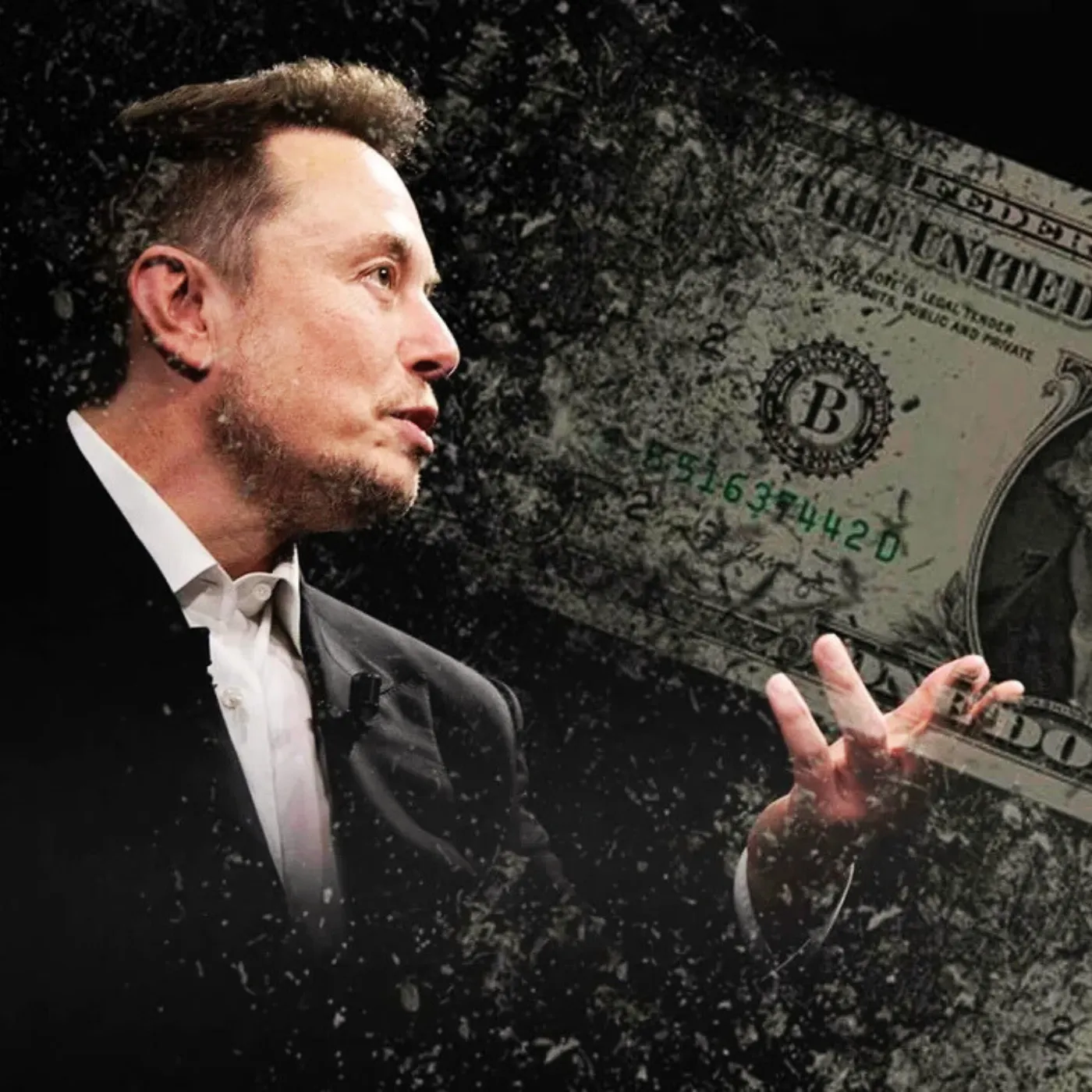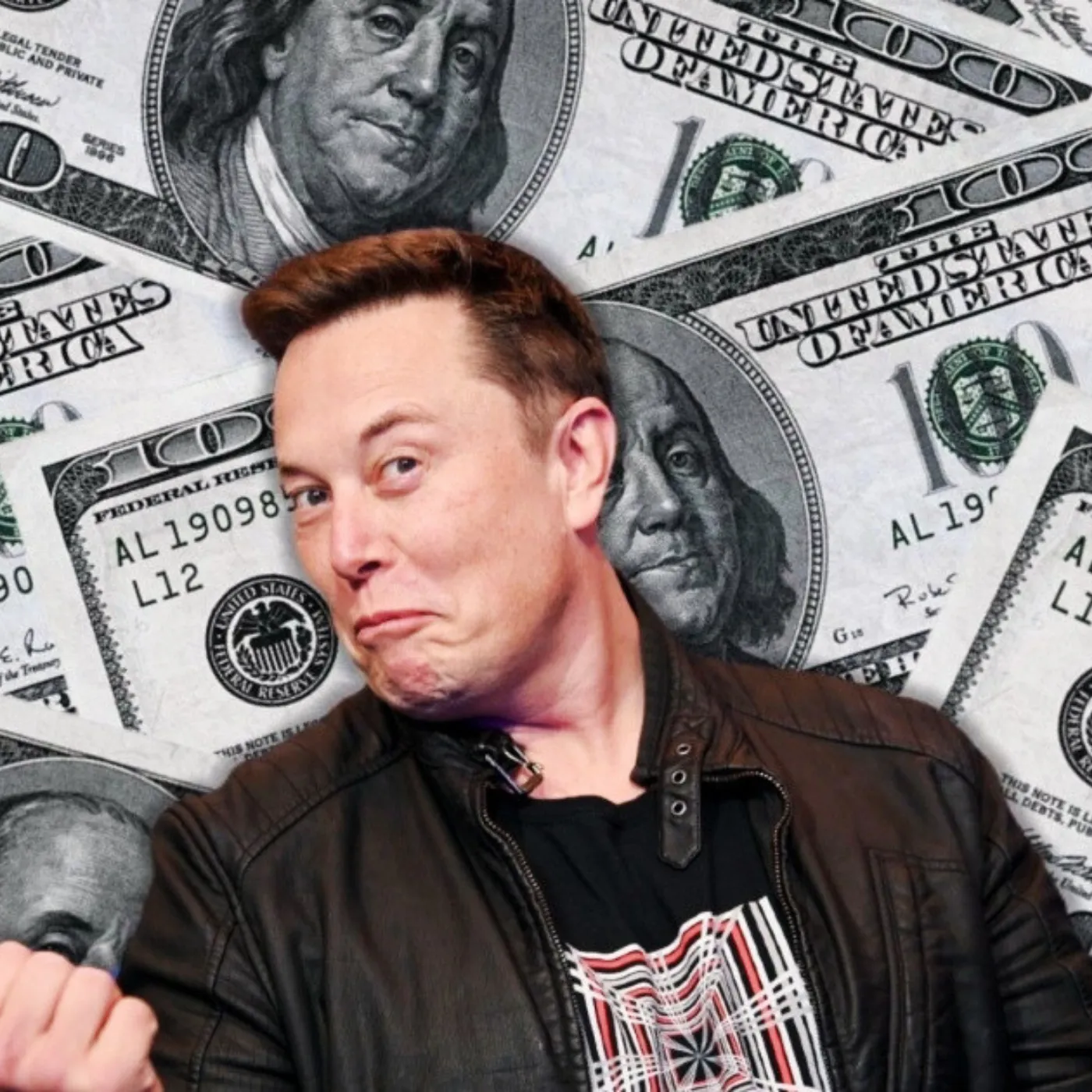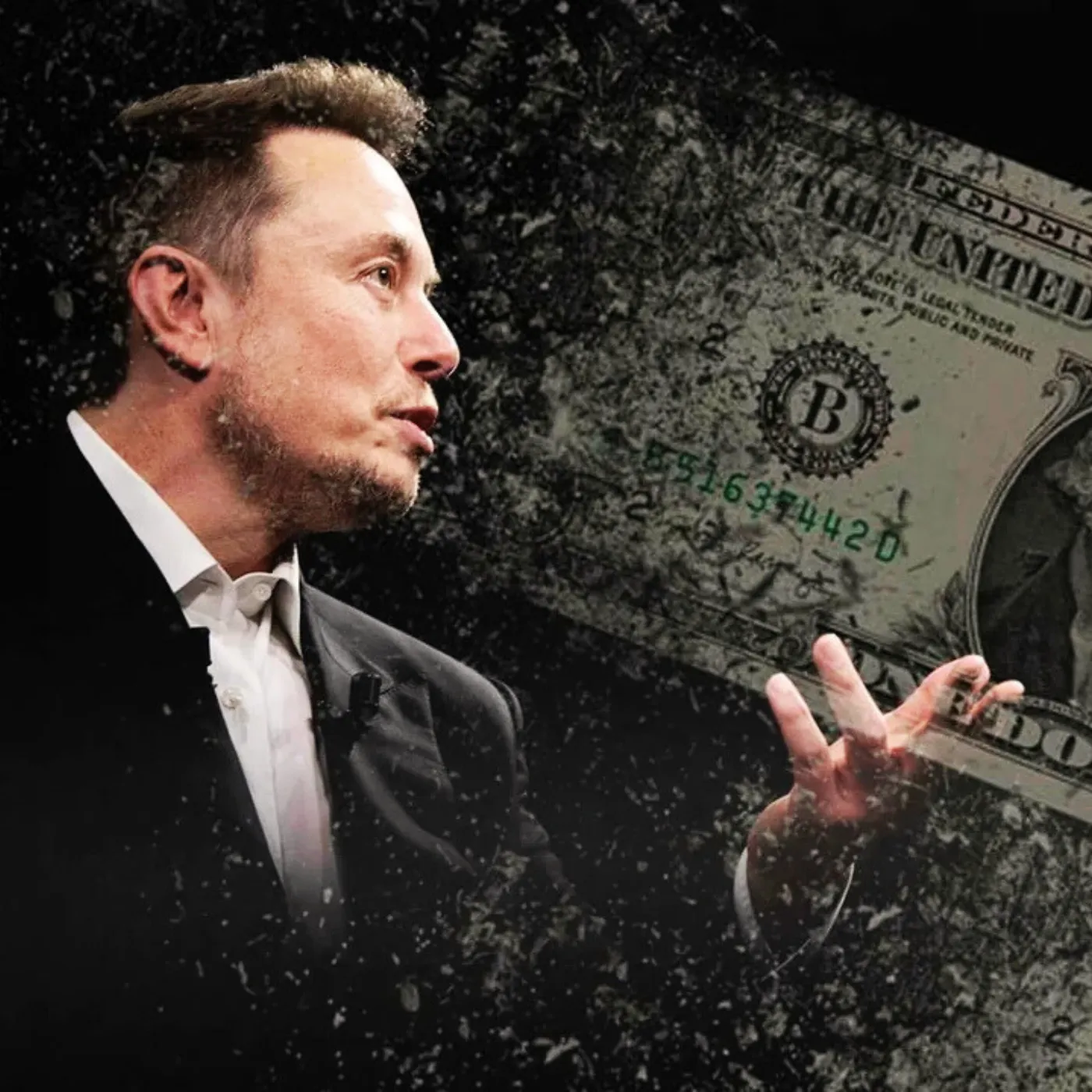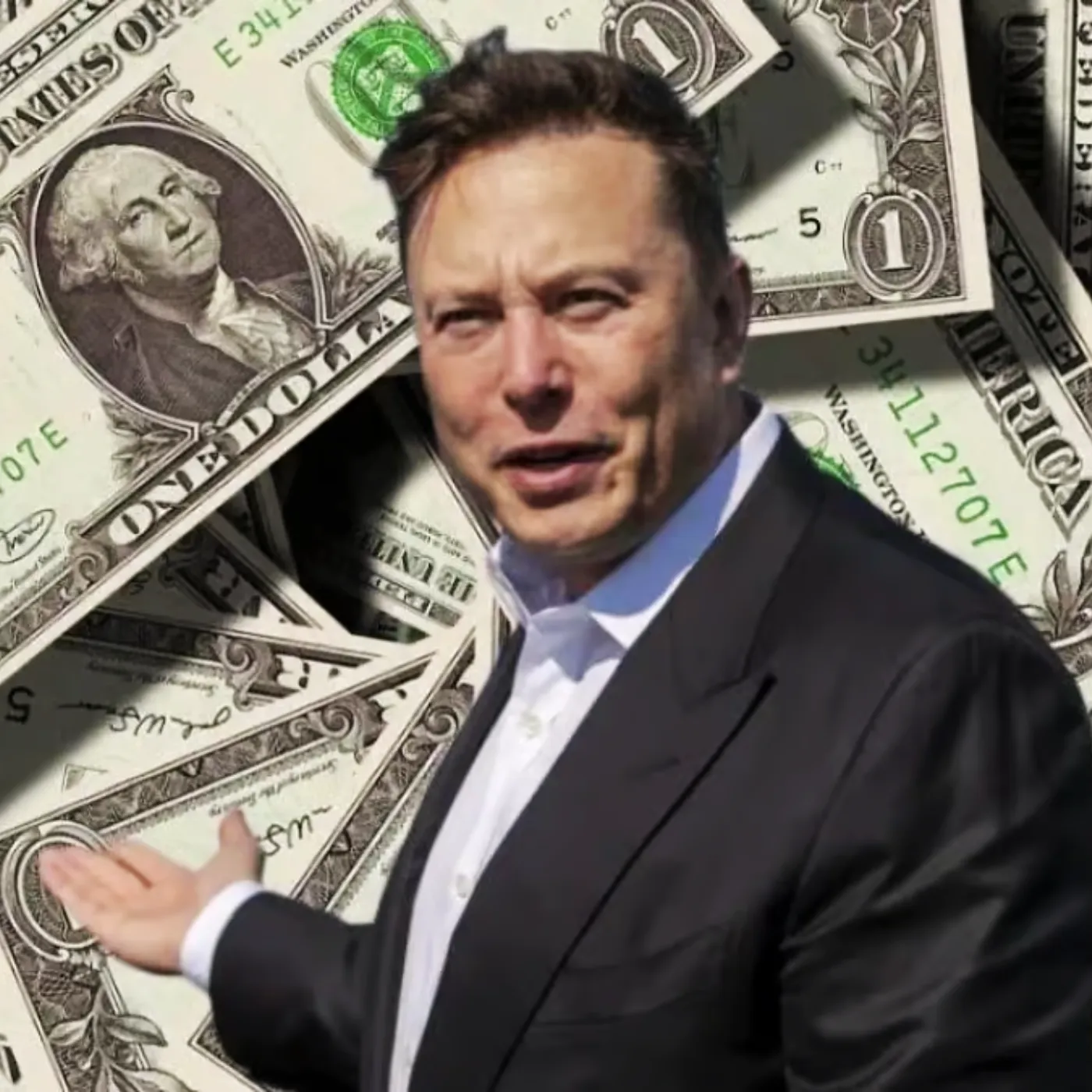

Elon Musk’s Secret Strategy for Using Debt to Fund His Billion-Dollar Dreams
Elon Musk’s journey from a South African-born tech enthusiast to one of the world’s wealthiest individuals has been nothing short of remarkable. Known for his ventures like Tesla, SpaceX, and more recently, his purchase of Twitter (now X), Musk has built a sprawling empire. However, despite his wealth, Musk’s approach to financing his companies often raises eyebrows. One of the most controversial and strategic methods he has employed to fund his bold, often risky ventures is debt. This article takes a deep dive into how Musk uses debt as a tool to fuel his billion-dollar dreams.

Elon Musk’s Unconventional Approach to Business Funding
Unlike many traditional CEOs who rely heavily on equity funding or venture capital, Musk has built much of his fortune by leveraging debt. In fact, it could be said that Musk’s innovative thinking doesn’t just extend to his products but to his approach to funding as well. From Tesla to SpaceX, Musk has used loans and other forms of debt to bankroll his ambitious projects, effectively sidestepping traditional funding methods to push his companies further into the future.
While many see Musk as a visionary, his use of debt has not been without controversy. Critics argue that his ability to use borrowed money to fuel massive growth and skyrocket his companies’ valuations is risky and, at times, irresponsible. However, there’s no denying that this strategy has been central to Musk’s ability to fund some of the most groundbreaking projects of the 21st century.
The Tesla Story: Debt and the Electric Dream
Tesla, Musk’s electric vehicle company, is perhaps the best example of how debt has played a pivotal role in the billionaire’s business empire. In its early years, Tesla was struggling to become profitable, with many critics predicting its imminent collapse. But instead of giving up, Musk turned to debt financing to keep the company afloat and fund its expansion. Through a combination of loans, bond offerings, and lines of credit, Tesla was able to survive its early years and eventually become one of the most valuable automakers in the world.
One of the most high-profile debt maneuvers Musk executed was Tesla’s 2017 bond offering. At the time, the company was burning through cash, and many analysts were skeptical about its ability to make a profit. However, Musk took a gamble and raised $1.8 billion through bond sales, which helped Tesla avoid bankruptcy and continue its push for mass-market electric vehicles.
By the time Tesla made its mark with the Model 3, it had amassed over $10 billion in debt. While many questioned the company’s ability to repay such a massive sum, Musk’s gamble paid off. The Model 3 became a hit, and Tesla’s stock price soared, giving the company enough capital to pay off much of its debt and continue expanding its operations. What seemed like an unsustainable pile of debt transformed into a key tool for one of the most successful car companies in the world.

SpaceX: Rockets and Risky Loans
While Tesla may have been Musk’s primary vehicle for experimenting with debt, his space exploration company, SpaceX, has also relied heavily on borrowed money to finance its missions. SpaceX, which is working to make space travel more accessible and eventually colonize Mars, has raised billions of dollars in debt financing since its inception. Unlike Tesla, SpaceX has yet to achieve a sustainable profit, which makes its reliance on debt all the more remarkable.
In 2015, SpaceX raised $1 billion in funding through a mix of equity and debt. This funding was crucial for the company to continue developing its Falcon 9 rockets and to build the infrastructure necessary for a commercial space industry. The debt raised allowed SpaceX to invest in its future, even though the company was years away from turning a profit.
The most impressive feat, however, was SpaceX’s ability to get lenders on board with its lofty goals. Financial institutions are usually reluctant to lend money to companies that don’t have a guaranteed return, especially in an industry as risky as space exploration. Yet Musk’s ability to sell his vision of space exploration and technological advancement has convinced numerous investors and lenders to back him time and time again.
The Twitter (X) Takeover: Musk’s Debt-Fueled Media Ambition
One of Musk’s more controversial ventures was his acquisition of Twitter. In 2022, Musk offered to buy Twitter for $44 billion. The deal was made in part through a mix of debt and personal financing, with Musk securing $13 billion in loans from a variety of lenders. While Musk’s reasons for purchasing Twitter remain a subject of debate, there’s no denying that debt played a key role in making the deal possible.
At the time of the acquisition, Twitter was in financial turmoil, with declining user engagement and revenue. Despite these challenges, Musk saw an opportunity to turn the platform around. Using the borrowed money to finance his purchase, Musk’s vision was to reshape social media by making Twitter more open, transparent, and profitable.
However, the decision to take on a massive amount of debt to finance such a high-risk acquisition has come under intense scrutiny. The debt load on Twitter has resulted in significant challenges for Musk, who has faced difficulties restructuring the company while also managing the heavy interest payments required by his lenders. As of now, the outcome of Musk’s Twitter venture remains uncertain, but his use of debt in this deal underscores his willingness to take risks in pursuit of his grand ambitions.
How Elon Musk’s Debt Strategy Sets Him Apart
Musk’s use of debt is a direct reflection of his unique approach to risk-taking. While many CEOs would shy away from leveraging so much borrowed money, Musk seems to view it as a tool to fuel innovation and expedite progress. By using debt, Musk is able to push his companies further ahead and accomplish ambitious goals that would otherwise be unattainable.
In many ways, Musk’s strategy mirrors the high-risk, high-reward mentality that has defined his entire career. He is willing to gamble with borrowed money because he believes that the payoff will justify the risk. His track record of turning ambitious projects into successful companies has made him one of the most influential figures in the tech industry, and his debt-fueled ventures only add to the mystique surrounding his business acumen.
However, there is a darker side to Musk’s debt strategy. While it has worked out for him so far, the fact remains that relying on borrowed money carries inherent risks. If any of Musk’s companies fail to deliver on their promises, the debt burden could become unsustainable, putting the entire operation at risk. Despite this, Musk continues to push the envelope, using debt to fund the future, one risky venture at a time.
Criticism and Potential Risks of Musk’s Debt-Fueled Empire
Despite Musk’s undeniable success, his use of debt has faced criticism from various corners. Financial analysts have warned that relying so heavily on debt to fund such risky projects could lead to disastrous consequences if the market turns against him. Additionally, some investors have expressed concerns about the long-term viability of Musk’s companies, especially Tesla, which is still not fully profitable.
The high level of debt also puts pressure on Musk’s companies to deliver results. With Tesla, SpaceX, and Twitter all relying on borrowed funds, there is an underlying tension that the debt must be paid off, regardless of whether the companies continue to thrive. This pressure could lead to cost-cutting measures, layoffs, or other negative consequences that could harm both the employees and the public perception of Musk’s businesses.
Despite these concerns, Musk continues to play the long game, using debt to push his companies into new territories and to explore previously uncharted industries. Whether this strategy will continue to work for him is yet to be seen, but for now, it’s clear that Musk is unafraid to use borrowed money as a means of fulfilling his grand vision of transforming the world.
Conclusion: Musk’s Bold Debt Strategy
Elon Musk’s ability to use debt as a funding tool is a testament to his risk-taking nature and visionary approach to business. By leveraging borrowed money, Musk has been able to push his companies forward, take on massive projects, and achieve what many thought was impossible. While his debt strategy comes with significant risks, it has also allowed him to transform industries and shape the future.
Whether Musk’s debt-driven empire will continue to thrive or ultimately collapse remains to be seen. However, one thing is clear: Musk’s approach to business is anything but traditional. By taking calculated risks and utilizing debt in innovative ways, he has built an empire that has captivated the world and made him one of the most influential figures of his generation.

As he continues to push the boundaries of technology, space exploration, and media, Musk’s debt strategy will likely remain a key part of his business model. Whether this bold approach to financing will pay off in the long run is still uncertain, but for now, Musk’s ability to turn debt into opportunity is a defining feature of his incredible career.


















